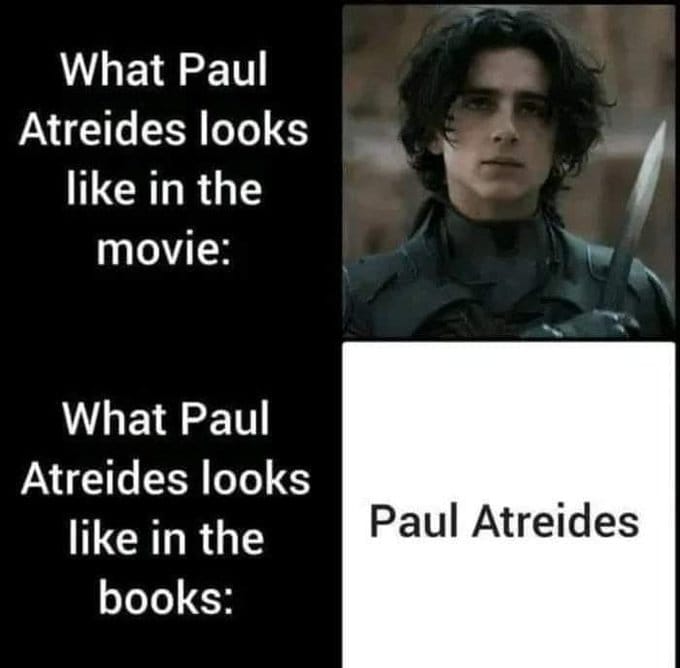Who Says Philosophical Problems are Unsolvable?
Via Peter Sean Bradley, I learn that Molyneux's problem has been answered empirically. It only took 300 years to figure this out.
If a blind person were suddenly able to see, would he be able to recognize by sight the shape of an object he previously knew only by touch? Presented with a cube and a globe, could he tell which was which just by looking?
Pause for a moment and think of the answer. Then read on.
The question goes to the heart of a problem in the philosophy of mind: Is there an innate conception of space common to both sight and touch, or do we learn that relationship only through experience? Research published online April 10 in the journal Nature Neuroscience may have finally answered the question, which has vexed philosophers and scientists for more than 300 years.
...
Working with a group that provides medical treatment to the blind and visually impaired in resource-poor countries, the researchers tested five subjects from rural northern India, four boys and a girl ages 8 to 17. A all had been blind since birth, one with a disorder of the cornea, and the others with cataracts. Before their operations they could perceive light, and two could discern its direction, but none could see objects. Afterward, they all had vision measured at 20/160 or better, good enough to distinguish objects and carry out the tasks of daily living.
The children were tested within 48 hours of their operations. The researchers placed 20 small objects similar to Lego blocks on a table where they could be seen, but not touched. Then they had the children feel identical blocks under the table where they were invisible, and try to match them with those they could see. The average performance in matching one object with another by either touch or sight alone was high, close to 100 percent. Yet when they were asked to match an object they had felt with an object seen, the average number of correct answers dropped to barely better than chance.
But improvement was rapid. A co-author of the study, Yuri Ostrovsky, a postdoctoral fellow at M.I.T., said one child was proficient in less than a week. Within three months, the average number of right answers in matching an object seen with one touched was above 80 percent.

Comments ()